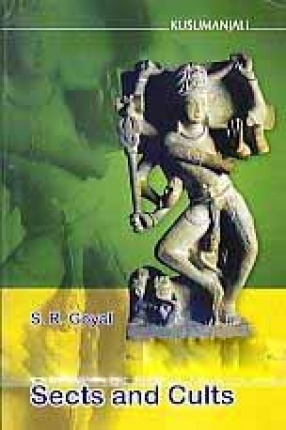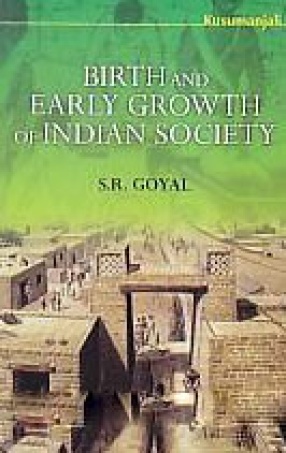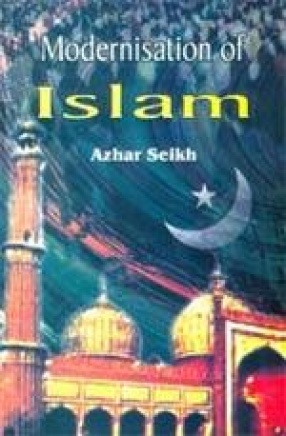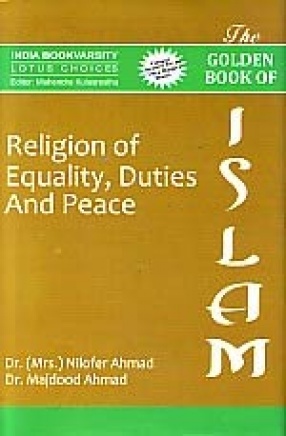The present monograph seeks to study the emergence and early growth of the Sramanism in India’s religious and religious life. Its author Professor S.R. Goyal is a well-known scholar of ancient Indian religious history. His present work is divided into ten chapters in which the history of Sramanism and its role in ancient Indian religo0us and religious life has been delineated in detail. The first chapter of the monograph discusses the main features of Sramanism discusses the main features of Sramanism while the next four chapters deal with the various aspects of early Sramanism with special reference to the place of Sramanic ideas in the vedic society. The next two that is the sixth and seventh chapters deal respectively with the lives and thought of the first twenty-three jaina Tirthankaras and Sramana Mahavira. The two chapters following them are depted to the life and thought of Sramana gautama, the founder of Buddhism. The last, that is the tenth chapter discusses the data found in the early Dharmasastras, including the Manusmrti, the Indica of megasthenes, the Arthasastra of Kautilya and the inscriptions of Asoka on the Sramanas of the Maurya period. The provide a comprehensive picture of Sramanism and Sramana religious picture of Sramanism and Sramana religious of India upto c. 300 B.C.
ABOUT THE AUTHOR S R Goyal
Professor S.R. Goyal is the retired Professor and Head, Department of History, J.N.V. University, Jodhpur. Described as ‘one of the five best recent historians of ancient India’ by Professor David N. Lorenzen, the great Mexican Orientalist, Professor Goyal combines all the qualities associated with scientific scholarship. He has authored more than thirty voluminous works and over 150 research papers which cover so diverse fields as political history, religious history, literature, biographies, numismatics and epigraphy. He was honoured with the General Presidentship of the Silver Jubilee Congress of the Epigraphical Society of India held at Udupi in 1999 and was elected the Honorary fellow of the Society. His doctoral thesis, A History of the Imperial Guptas (1967), was acclaimed as ‘the best analysis of the Gupta Period which I have ever read†by Professor A.L. Basham (National Professor of Australia) and as ‘imaginative’, ‘well-written’ and ‘a model of historiography’ by Professor Eleanor Zelliot (Minnesota, U.S.A.). The varaious theories propounded in it are described by Professor R.C. Majumdar as ‘deserving very careful consideration’. Among his other major works are included three corpus-like volumes on ancient Indian inscriptions, two volumes respectively on Kautilya and Megasthenes, a three volume authoritative study of ancient Indian history in about two thousand pages, a three volume study of ancient Indian numismatics, and four volumes on great rulers of ancient India. Professor Goyal is deeply involved with the study of the history of Indian religions. Apart from the present monograph he has published two volumes entitled A Religious History of Ancient India (Vol. I, 1984; Vol. II, 1986), and Harsha and Buddhism (1986). All these works of his have been highly acclaimed and admired both in India and abroad. Professor Goyal has been honoured with several Festschrifts, including Reappraising Gupta History for S.R. Goyal (ed. By Professor B.Ch. Chhabra et al) for S.R. Goyal : His Multidimensional Historiography (ed. By Professor Jagannath Agarwal and Dr. Shankar Goyal). A four volume Festschrift in his honour entitled Sriramabhinandam (Reconstructing Indian History for S.R. Goyal) has recently been published.








There are no reviews yet.